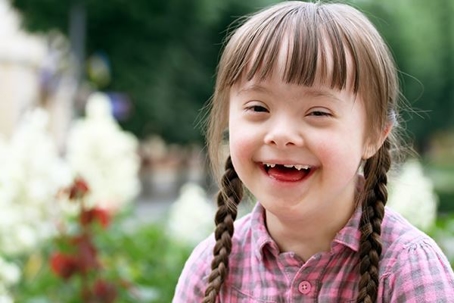The Childhood Disability Beneficiary (CDB) program, often referred to as “Child’s SSDI,” is a part of the Social Security Disability Insurance (SSDI) program. It provides benefits to disabled adults who became disabled before the age of 22 and are dependent on a parent or guardian entitled to Social Security retirement or disability benefits or who was insured under Social Security when they died.
Since 1956, our Santa Barbara SSDI attorneys at Ghitterman, Ghitterman & Feld have helped California residents navigate the complex CDB eligibility requirements to help ensure those who need these critical benefits can access them without disputes or delays.
Here, we discuss the key points related to the Childhood Disability Beneficiary Program.
Understanding the Childhood Disability Beneficiary Program?
The CDB program helps provide financial assistance to adult children with disabilities who rely on a parent’s or guardian’s work history and Social Security coverage. These benefits can be vital in providing ongoing support for individuals with disabilities who became disabled at a young age.
To be eligible for CDB benefits, an adult child must meet the following criteria:
- Be age 18 or older and have a disability that began before age 22.
- Be considered dependent on a parent or guardian who is currently receiving Social Security retirement or disability benefits or who was insured under Social Security (either through work or as a Social Security survivor).
- Not perform “substantial gainful activity,” which involves earning an amount over the limit defined by the Social Security Administration (SSA), which typically changes annually.
If the parent or guardian who receives Social Security benefits passes away, the CDB beneficiary may continue to receive benefits on the parent’s work record, assuming they meet the eligibility criteria.
What is the Benefit Amount for CDB Recipients?
The CDB’s monthly benefit amount is generally calculated as a percentage of the parent's Social Security retirement or disability benefit. The exact rate varies but is typically around 50% of the parent’s total benefit amount.
If the parent receives reduced benefits due to taking them before full retirement age, the CDB benefit may also be reduced.
What are the Medical Criteria to Qualify for CDB Benefits?
To qualify for CDB benefits, the adult child must meet the same medical criteria as other SSDI recipients. The disability must be severe enough to prevent them from engaging in substantial gainful activity and must be expected to last for at least 12 months or result in death.
How Often is a CDB Recipient’s Eligibility Reviewed?
Like other SSDI recipients, the adult child’s disability status may be periodically reviewed by the Social Security Administration to ensure they still meet the disability criteria.
If you have questions about your child’s eligibility for the CDB program, contact our California Childhood Disability Beneficiary Program attorneys today for help.
At Ghitterman, Ghitterman & Feld, our California workers’ compensation attorneys have six physical offices in Bakersfield, Fresno, Santa Barbara, Santa Maria, Ventura, and Visalia, and our top-tier technologies provide a virtual reach to serve clients throughout California.
We offer free in-person, telephone, and virtual consultations to offer straightforward legal advice for your unique needs.

